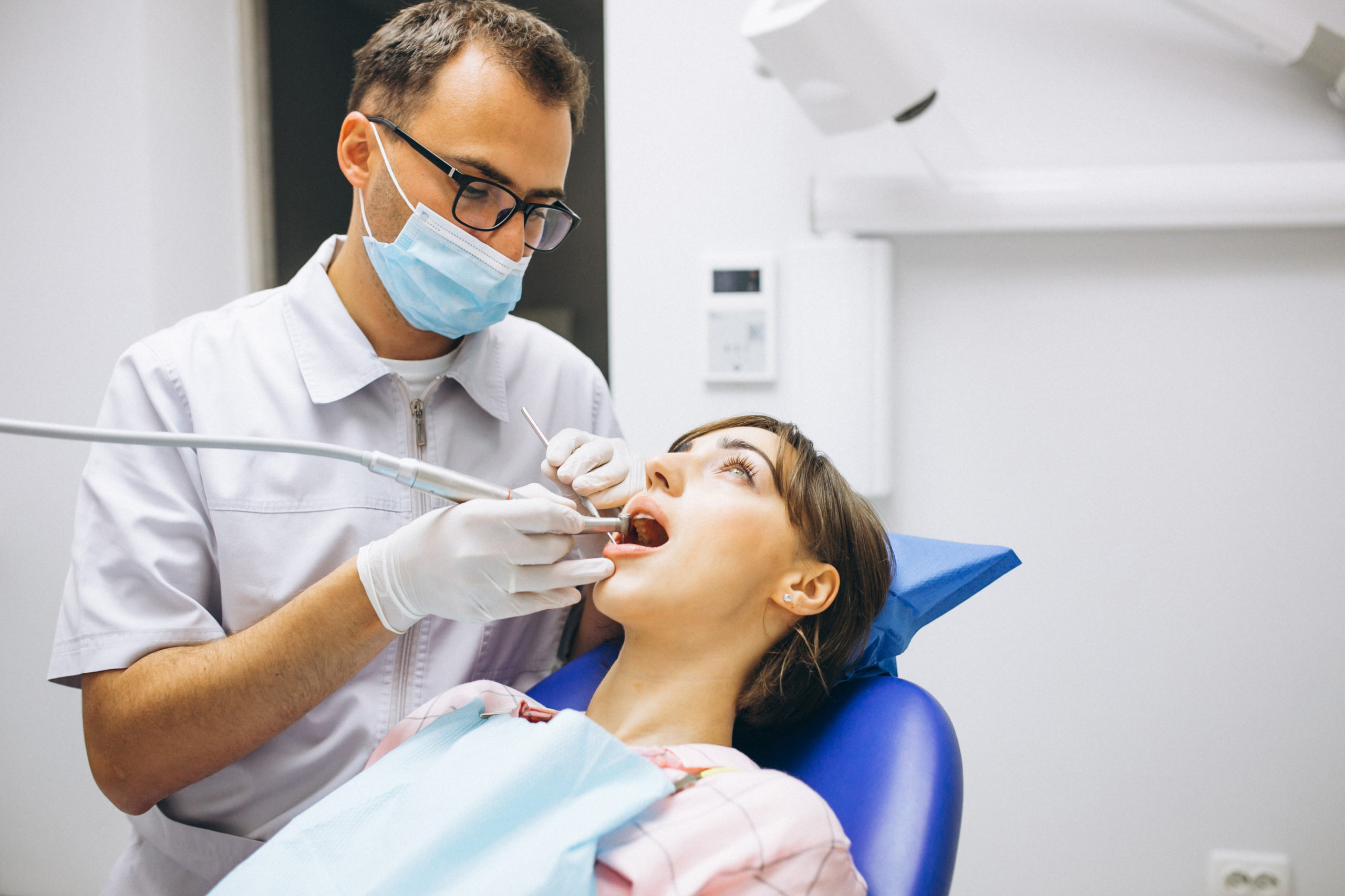Dentistry has constantly evolved over the years from a painful procedure that patients dreaded into a necessary and sought after branch of medicine with focus on both preventive care and controlling damage that has already occurred. It is also a misconception that dentistry is only about the teeth, it gives just as much importance to the gums, teeth pulp and general appearance of the teeth and mouth.
Introduction to Conservative Dentistry and Endodontics
Conservative dentistry is a branch of dentistry that consists of minimally invasive procedures and primarily focuses on preservation of teeth and its supporting structures. This conservative approach helps in providing dental care on a wider scale and longer success rates, which in turn helps in improving retention rates of patients. Treatment of caries, malformed, discoloured, unaesthetic, or fractured teeth all fall under the scope of conservative dentistry.
Common Conservative Dental Treatments
This vast scope of dentistry can be broken down into three broad branches – Operative Dentistry, Cariology, and Endodontics.
Operative Dentistry involves the prevention and treatment of the common dental issues like
decayed, damaged, or discoloured teeth, wherein the dentist helps to restore the function and appearance of the teeth while minimizing damage to their structures.
Cariology refers to the study of caries or cavities that form in teeth and treatments that are performed to protect teeth from decay and treat teeth surfaces so as to interrupt and prevent damage to the tissues of the teeth.
Endodontics involves treatment aimed at preserving the natural tooth by ridding it of pulpal and periapical diseases and effective dental pain management, thus making the teeth functional and aesthetic again irrespective of the age of the patient.
Benefits of Conservative Dentistry
The aim of conservative dentistry is to preserve the teeth of the patient instead of treatments that are probably easier to perform but will eventually weaken the teeth structure and cause more damage in the long run. The use of minimally invasive procedures for treatment helps to restore the teeth without altering its healthy structure and helps to prevent further decay from setting in.
- Reduced Dental Costs: The conservative dentistry approaches help to bring down the overall costs of procedures for patients who need treatments such as root canals, gum contouring, enamel removal, and other restorative treatments, especially when the payments are not covered by their insurance company.
- Preserving Original Teeth: The minimally invasive procedures help to preserve the tooth and keep its structure intact. This helps the patients to manage their teeth better in the long run through regular checkups and cleanings.
- More Emphasis on Aesthetics: Dentists now enjoy the option of giving more focus on aesthetic function of the teeth, giving more attention and detail to their treatment and care thanks to conservative dentistry approaches. This helps them to provide their patients aesthetically-pleasing smiles that suit their facial structures.
- Natural-Looking Smiles: Unlike traditional dentistry, the minimally invasive procedures in conservative dentistry tend to provide more natural-looking results since more natural tooth material is preserved, and at lesser cost.
Endodontics
Derived from the Greek words ‘endo’ (inside) and ‘odons’ (tooth), endodontics studies the diseases that affect the dental pulp (which is the innermost part of the tooth) and provides procedures to treat them. The dental pulp is rich with blood vessels and nerves and any infection in the pulp can cause sensitivity and acute toothache. Using advanced treatment procedures like complicated Root Canal Treatment (RCT), Hemisection, Radisection, Apicectomy Splinting, Conservative Bridges, indirect aesthetic restorations like Porcelain/Composite Inlays and Onlays, Veneers, Endodontic surgery etc, every attempt is made to save the original tooth while remedying the decay.
Aesthetic Endodontics
While aesthetics are not the primary focus of endodontics, it definitely needs to be one of the considerations while working with a patient. Aesthetic considerations go beyond basic discoloration of teeth and include the appearance and shape of the gums and / or bite as well. By creating smiles that improve the patient’s appearance, the endodontist is able to restore the patient’s self confidence along with providing structural strength and support. It is also important to note that degeneration of the dental pulp and subsequent endodontic access microleakage are the two main reasons for clinical crown discoloration, which can only be corrected by combining endodontics with aesthetic dentistry.
Microscopic Dentistry in Endodontics
The use of microscopes to enhance vision in conservative dentistry and endodontics have made both diagnosis and endodontic treatment more accurate and less painful. The high-powered microscopes allow the endodontists to easily find hidden and accessory canals, preserve more of the natural tooth structure and accurately identify and treat even the most intricate dental issues with optimal outcomes. In addition to endodontics, microdentistry is also in use in cosmetic dentistry, general dentistry and implant placement and other types of oral surgery.

